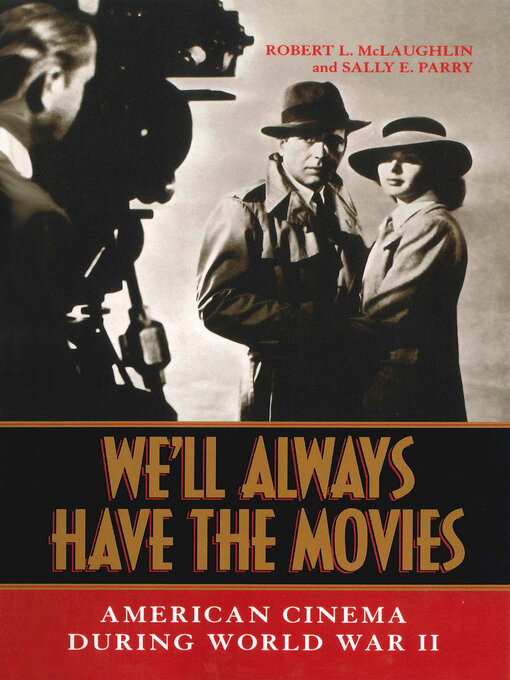An “essential” study of what Americans watched during wartime, and how films shaped their understanding of events (Publishers Weekly).
During the highly charged years of World War II, movies perhaps best communicated to Americans who they were and why they were fighting. These films were more than just an explanation of historical events: they asked audiences to consider the Nazi threat; they put a face on both our enemies and allies, and they explored changing wartime gender roles.
We’ll Always Have the Movies shows how film after film repeated the narratives, character types, and rhetoric that made the war and each American’s role in it comprehensible. Robert L. McLaughlin and Sally E. Parry have watched more than six hundred films made between 1937 and 1946—including many never before discussed in this context—and have analyzed the cultural and historical importance of these films in explaining the war to moviegoers. This extensive study shows how filmmakers made the chaotic elements of wartime familiar, while actual events became film history, and film history became myth.
“A terrific book that explores not only the themes of hundreds of films but also their impact on patriotism and national will in a time of war.” —WWII History

